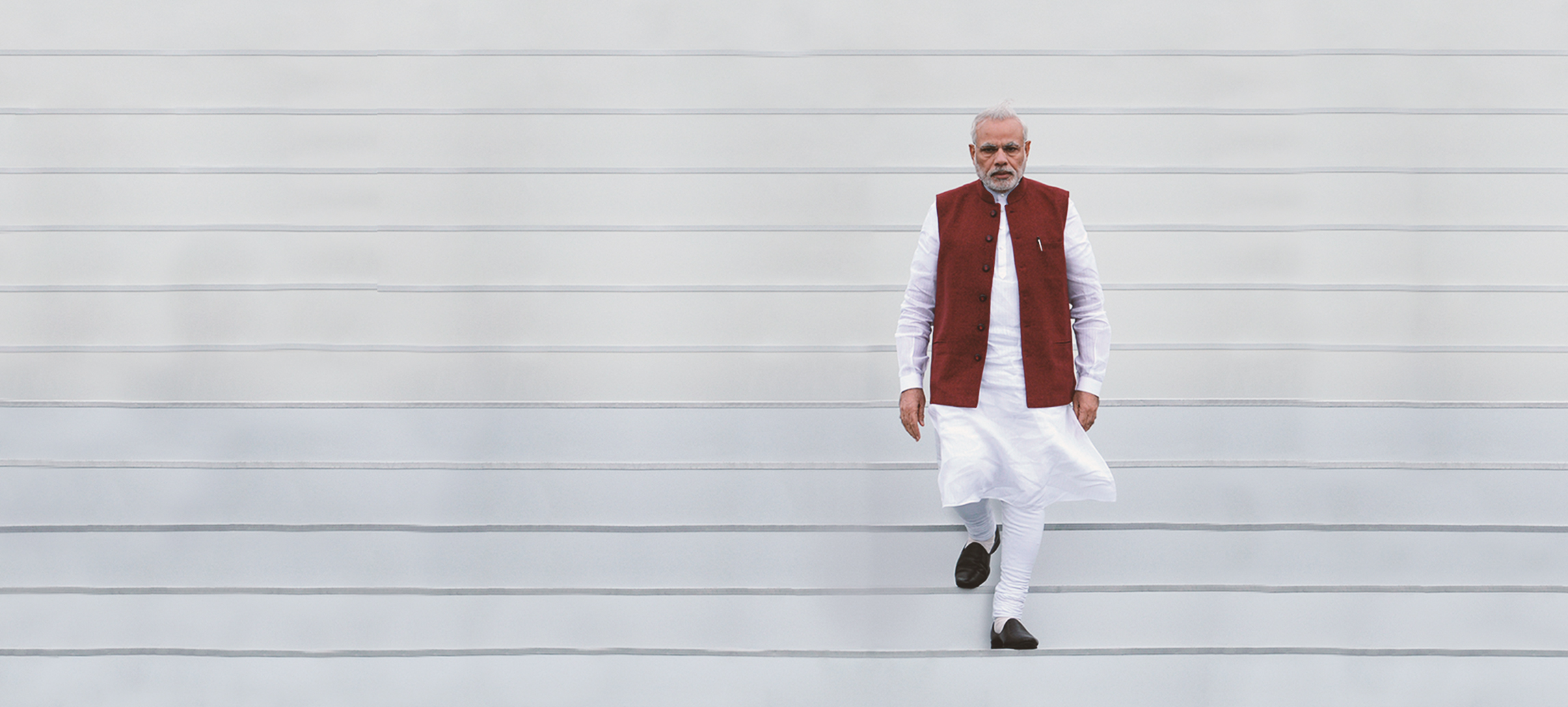
As the National Democratic Alliance (NDA) government completes its current term ahead of the General Elections 2019, it is time to evaluate its performance, specifically in terms of its management of the economy.
Salman Anees Soz—international development expert, economic and political commentator and consultant at the World Bank, conducts a critical assessment of five years of the brand of economics Prime Minister Narendra Modi has championed, often referred to as ‘Modinomics’. The Great Disappointment takes a look at the rhetoric of the 2014 ‘Modifesto’ that actively denied the achievements of previous governments and announced that a government led by Narendra Modi would match their cumulative performance within its first term.
Brought into power with the biggest political mandate in almost three decades, did the NDA government succeed in gainfully transforming India’s economic trajectory or did it squander a once-in-a-generation opportunity?
A realistic look at GDP growth under Modinomics is not very promising
The 2016–17 survey notes that ‘GDP growth slipped from 7.7 per cent in the first half of 2016–17 to 6.5 per cent in the second half. Quarterly real GDP growth also shows a deceleration in the third and fourth quarters relative to the first two quarters. The slowdown in these indicators predated demonetization but intensified in the post-demonetization period.’ What that survey could not have predicted is that in the following quarter, economic activity slowed and the growth rate slumped to 5.7 per cent, the slowest pace in three years.
The much-touted tax reform failed to hold up structurally
Early on, the GST’s technology infrastructure could not keep up with the volume of transactions, and the government once again seemed unprepared for the scale of reform. It was demonetization redux and gave another major opportunity to the government’s critics to paint it as incompetent. Yashwant Sinha said that the GST ‘would make a fine Harvard University case study of everything that was wrong with the rollout of a tax reform’.
The agricultural crisis worsened in the last five years
Agricultural exports declined from US$42 billion in 2013– 14 to US$38 billion in 2017–18. They were lower in the intervening period. Agricultural imports went up by about 50 per cent during this time Interestingly, investment in agriculture (measured by gross capital formation as a share of agricultural GDP) fell from 17.7 per cent in 2013–14 to 15.5 per cent in 2016–17.
While the decline in global crude oil prices caused a reduction in fiscal deficit, oil prices for consumers in India are higher than ever
An analysis by the Mint newspaper showed that ‘almost the entire reduction of about 0.6% of the gross domestic product (GDP) in India’s fiscal deficit between FY14 and FY16 could be attributed to the sharp fall in crude prices’. The current account balance improved. The government liberalized diesel prices sooner than anticipated on account of this sharp decline. However, instead of passing on the benefits of lower crude prices to consumers, the government retained much of the gain through progressively higher excise duties on petroleum products.
In many cases, the Modi government allegedly simply renamed its predecessor’s schemes
According to an analysis by the Quint, an online news site, the Modi government renamed nineteen out of twenty three schemes started by its predecessor, the UPA government. For example, the famous Jan Dhan Yojana is the new name of an existing scheme Basic Savings Bank Deposit Account (BSBDA). Swachh Bharat Abhiyan was originally Nirmal Bharat Abhiyan while the RGGVY (rural electrification) became DDUGJY.
One of the most touted ‘benefits’ of demonetization has evidently not materialized
There is no concrete evidence to indicate that demonetization led to a significant decline in terrorism. In fact, Prasenjit Bose, an economist, found that ‘total fatalities in terrorism-related violence in India have hardly seen any significant decline in 2017 (data till August 2017) compared to the two previous years, with violence in Jammu and Kashmir actually witnessing an escalation’.
Demonetisation has not shown a drastic increase in either direct tax collection or in the number of taxpayers
Wilson quotes CBDT (Central Board of Direct Taxes) data to show that ‘there was an 11.6% growth in the number of income taxpayers in 2013–14, without any demonetisation. It then fell to 8.3% and 7.5% in next two years but increased to 12.7% in 2016–17 but again fell to 6.9% in 2017–18. So, the trend shows that there was no dramatic increase in the number of taxpayers.’ Wilson also notes that growth in direct taxes was much higher during the UPA’s ten years (average 20.2 per cent) as opposed to the Modi government’s four-year average growth of only 12 per cent.
Modi’s pitch to India’s youth was clear—if they voted for him, he would get them a job. Unfortunately, ground realities present a depressing picture
Total employment fell from 48.04 crores in 2013–14 to 46.76 crore in 2015–16. The failure to create jobs is becoming the biggest political challenge for the Modi government. There are constant reports in the media about the challenging jobs situation in India. The government’s response has been to latch on to questionable data on job creation to argue that India does not have an employment problem.
The Pradhan Mantri Kaushal Vikas Yojana (PMKVY) scheme, the centrepiece of Skill India, has had negative reviews
The Sharada Prasad Committee, set up by the skill development ministry to review the performance of various sector skill councils, came out with negative reviews of the PMKVY. The committee noted that ‘no evaluation was conducted of PMKVY 2015 to find out the outcomes of the scheme and whether it was serving the twin purpose of providing employment to youth and meeting the skill needs of the industry before launching such an ambitious scheme’. In various stakeholder consultations, the committee reported that ‘all of them said in one voice that the targets allocated to them were very high and without regard to any sectoral requirement. Everybody was chasing numbers without providing employment to the youth or meeting sectoral industry needs.’
The figures used to tout India’s GDP growth have come under the scanner after a suspicious change in methodology
India’s GDP data has been under the scanner ever since the CSO changed the methodology for calculating economic output in 2014–15. Most analysts were surprised after the publication of the new GDP series. Even the government’s chief economic adviser, Arvind Subramanian, and the then Governor of the RBI, Raghuram Rajan, cast doubt on the new CSO data. According to the Economist, investors ‘roundly disbelieve India’s growth figures’.
Grab your copy of The Great Disappointment today!









